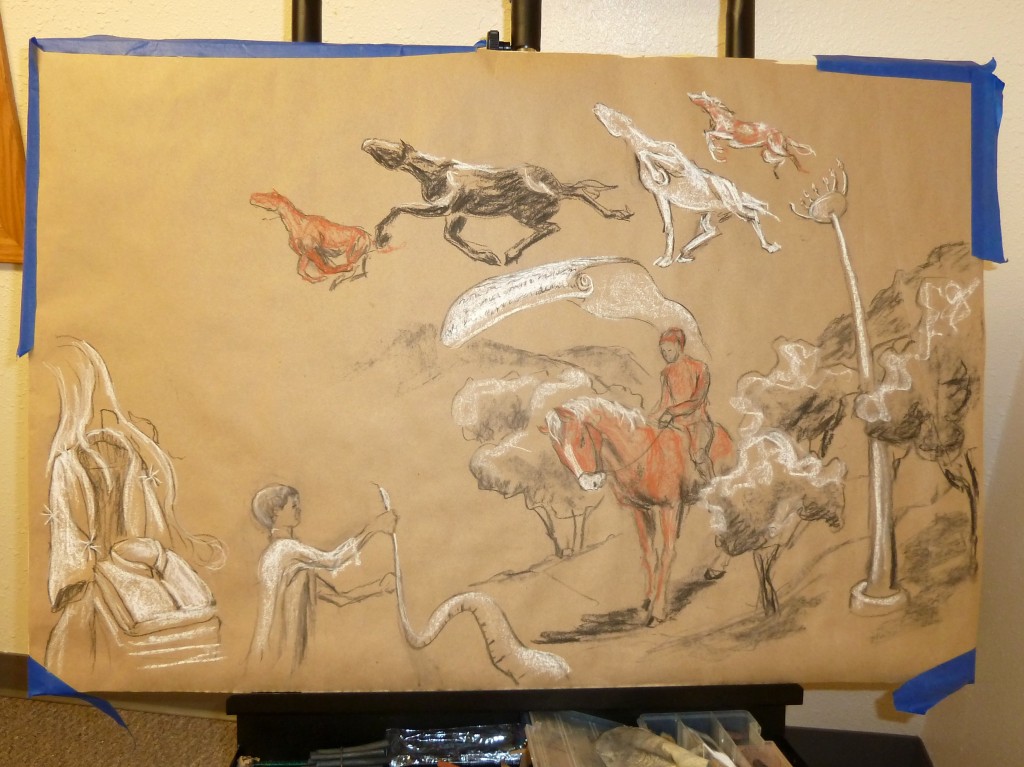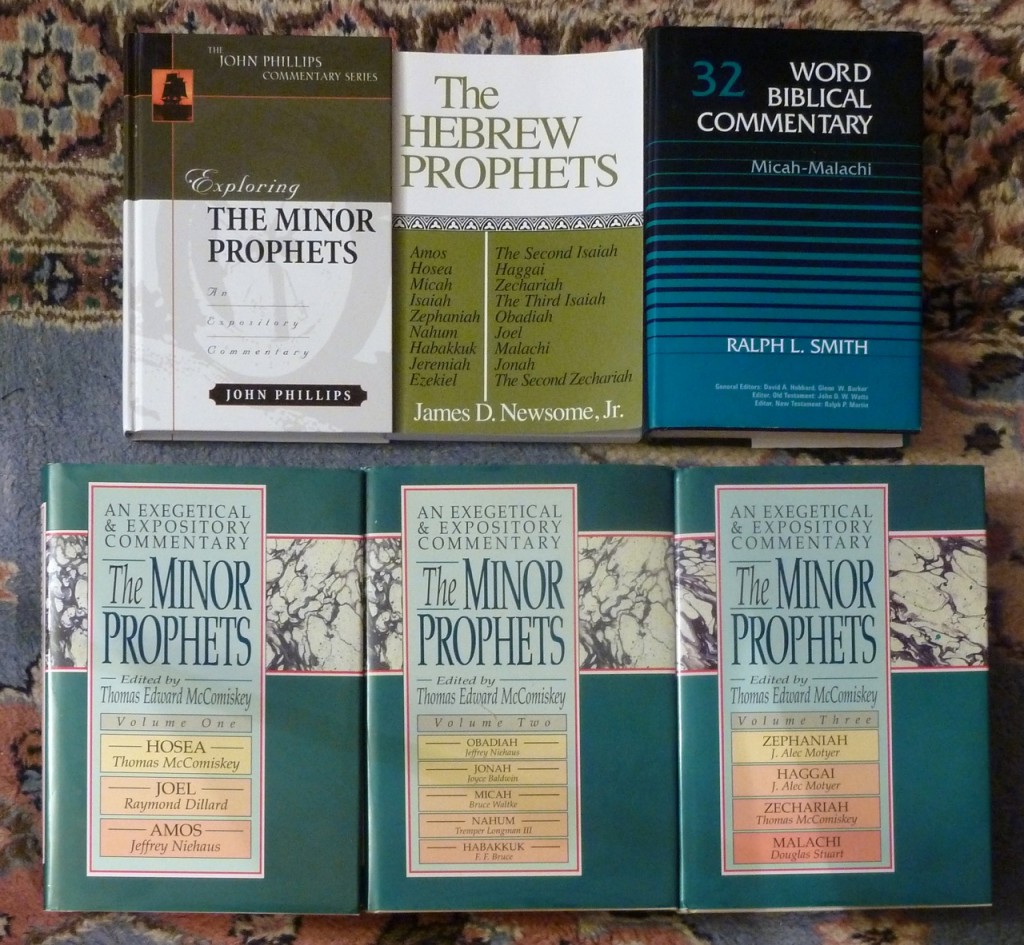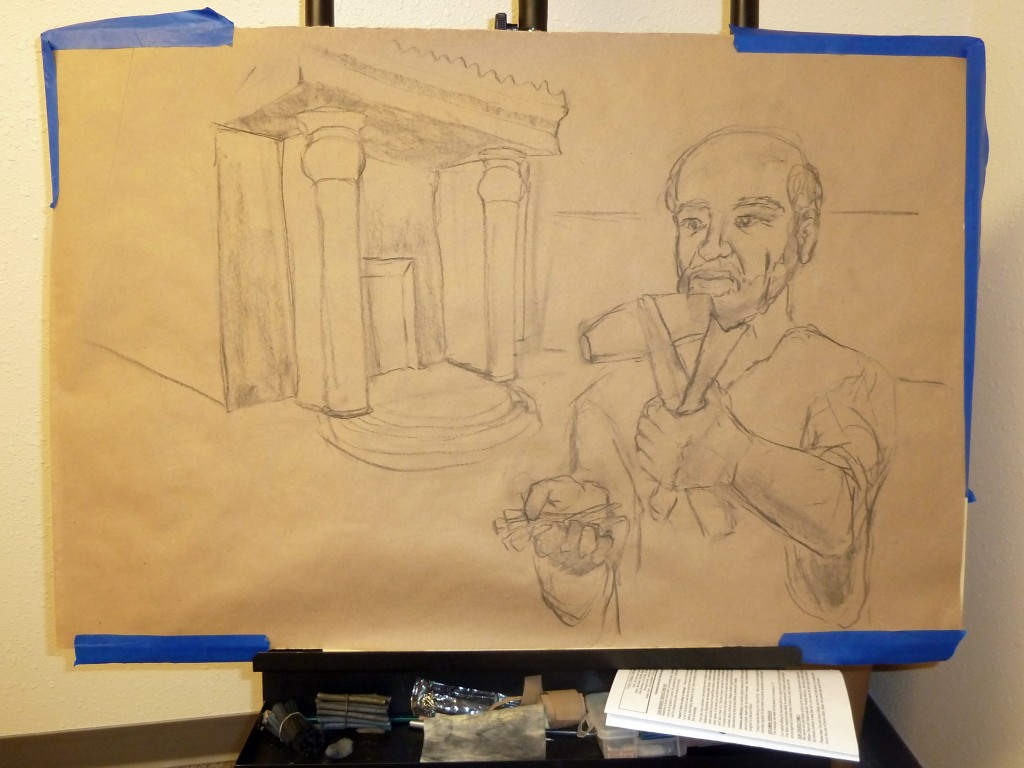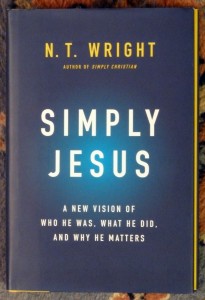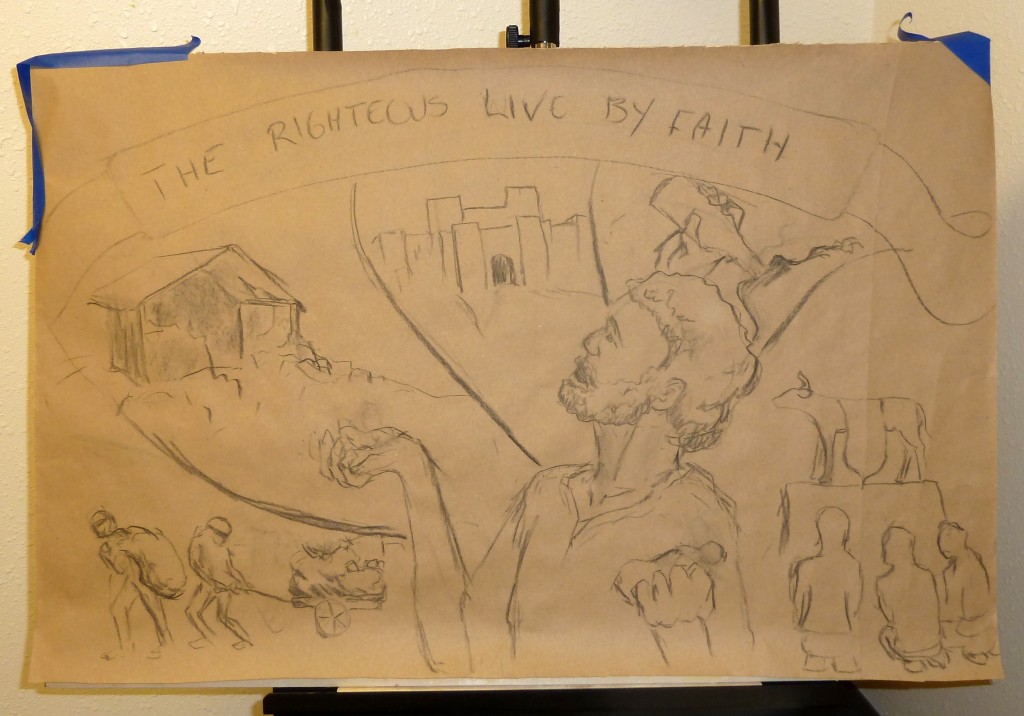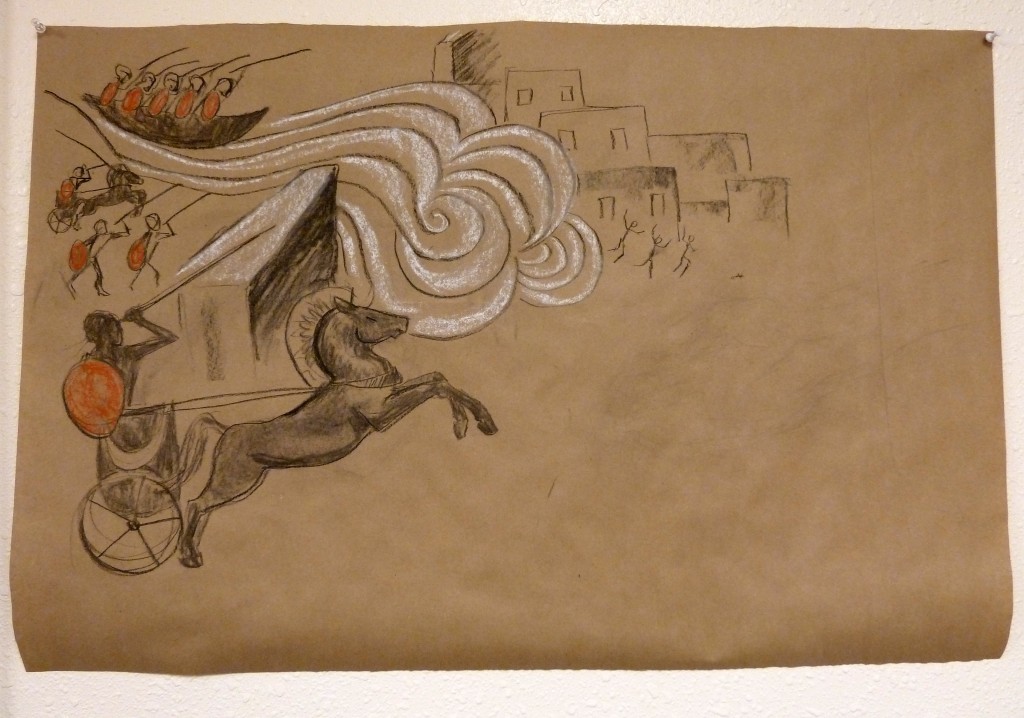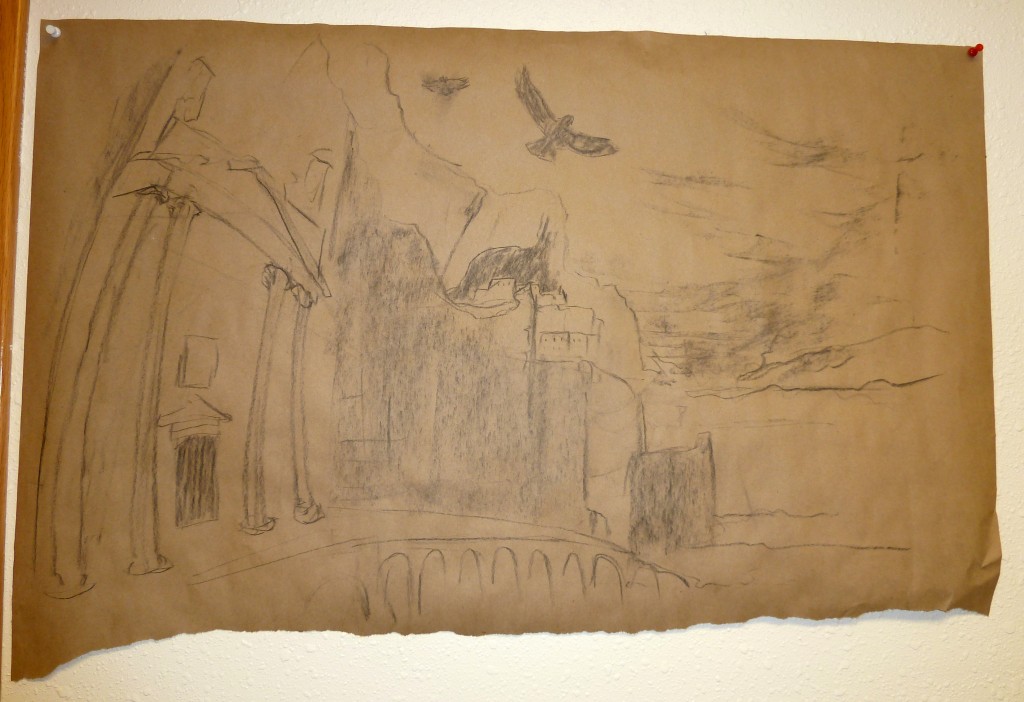Psalm 17 is another bonus Psalm. We didn’t cover it during our Psalms for All Seasons class, but I looked over the handful of Psalm 17 settings in CRC hymnals while planning last week’s service.
One thing I’m starting to pay more attention to is what Old Testament readings the Psalms are paired with. (The RCL selects the psalms as responses to the OT readings, which isn’t how we typical use them during our services.) Psalm 17 is a prayer for protection and vindication that ends with the psalmist’s belief that “I shall behold your face in righteousness; when I awake I shall be satisfied, beholding your likeness.”
Last week (Year A, July 31-Aug. 6) Psalm 17 was paired with the weird and wonderful story of Jacob wrestling with God. (Says Jacob: “I saw God face to face and yet my life was spared.”) The other OT passage paired with Psalm 17 in the RCL ( Year C, Nov. 6-12, alternate stream) is Job 19:23-27a, which includes Job’s declaration that “I know that my redeemer lives… I myself will see him with my own eyes.”
The contemporary CRC hymnals include only two Psalm 17 hymns. “LORD, Listen to My Righteous Plea” (PFAS #17C/LUYH #888/PH87 #17) was versified for the gray Psalter Hymnal by Helen Otte and set to ROSALIE MCMILLAN. A sample is here.
The Psalter Hymnal version is a succinct versification of the entire Psalm. Here is stanza 1, which versifies vv. 1-5:
LORD, listen to my righteous plea;
you will not find deceit in me
as my prayers rise.
Examine me and probe my heart
to see that I have kept apart
from ways of sin.
The version of the hymn in Lift Up Your Hearts and Psalms for All Seasons is just three stanzas. The first and final stanzas are the same; the middle stanza combines the second half of the original stanza 2 with the first half of the original stanza 3. The lines about enemies pursuing the psalmist have been dropped.
The other Psalm 17 setting in PFAS is “Lord, Bend Your Ear” (PFAS #17B) by Jeffrey Honoré. Here is a sample. The song, which is probably works better as a choral piece than a congregational hymn, is based on vv. 1, 8 & 15. According to the PFAS performance notes these are “the traditional verses recited in the service of night prayer. It is appropriate to sing and meditate on these verses at times when we must put our trust in God. In fact, each night when we go to sleep we place our lives in God’s care, confident that we will awaken in God’s presence, whether in this world or another.”
The PFAS responsorial setting, “Lord, Bend Your Ear” (PFAS #17A) uses the stanza (“Lord, bend your ear and hear my prayer”) of Honoré’s hymn.
The Psalm 17 setting in the red & blue Psalter Hymnals is “Lord, Hear the Right” (PH57 #24/PH34 #24), which appeared in the 1912 Psalter and is set to LONGFELLOW. Psalm 17 is another example of the creators of the gray Psalter Hymnal replacing a catchy psalm setting with an original one set to a more difficult tune. Here is the seventh and final stanza:
When I in righteousness at last
Thy glorious face shall see,
When all the weary night is past,
And I awake with Thee
To view the glories that abide,
Then, then I shall be satisfied.
(This is the 27th post in my continuing series on the Psalms for All Seasons Sunday school class I co-teach with Andrew Friend. Each week we sing psalm settings from Psalms for All Seasons, Lift Up Your Hearts, and other CRC hymnals. Previous posts is the series focused on Psalm 121, Psalm 122, Psalms 2/99, Psalm 72, Psalm 95, Psalm 147, Psalm 112, Psalm 29, Psalm 40, Psalm 23, Psalm 27, Psalm 130, Psalm 15, Psalm 51, Psalm 6, Psalm 32, Psalm 143, Psalms 38/102, Psalm 31, Psalm 116, Psalm 16, Psalm 22, Psalm 118, Psalms 47/93, Psalm 66, Psalm 45, and Psalm 104.)
